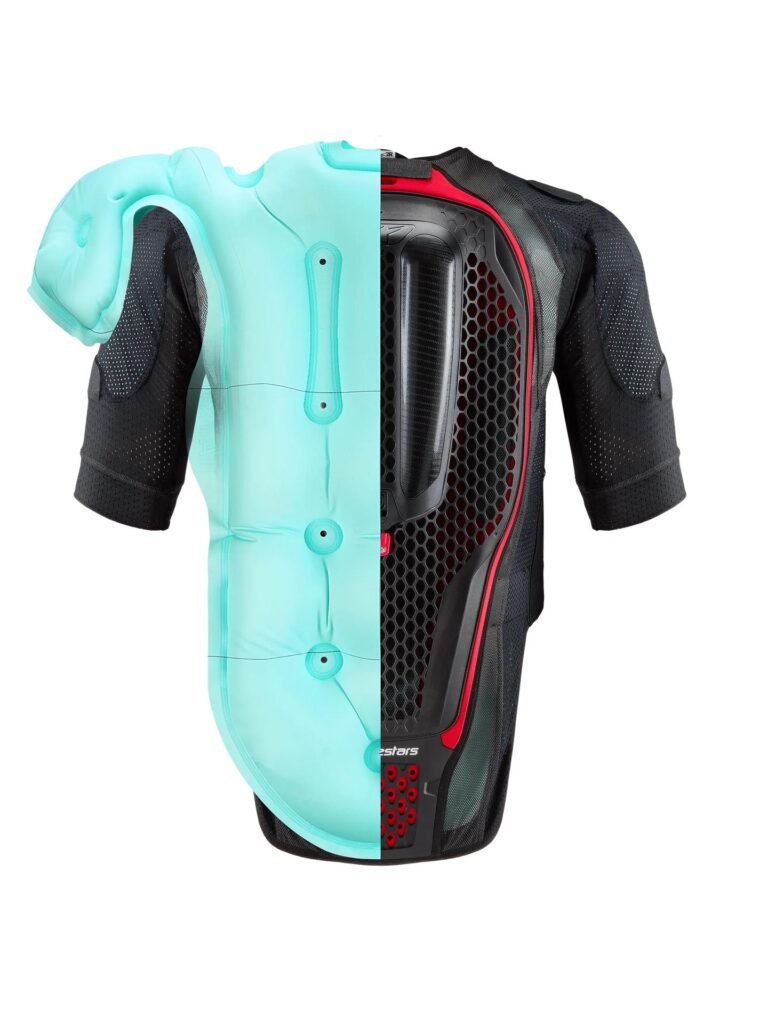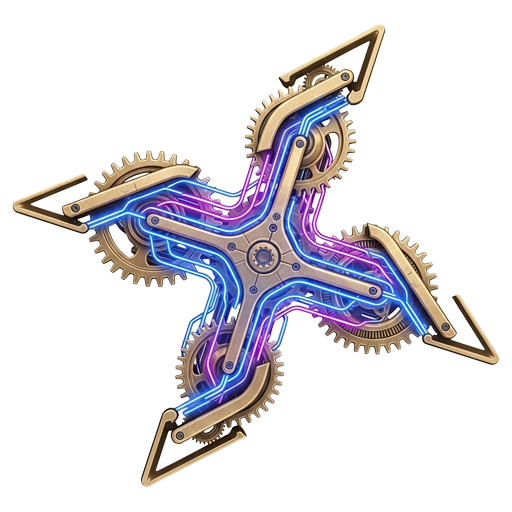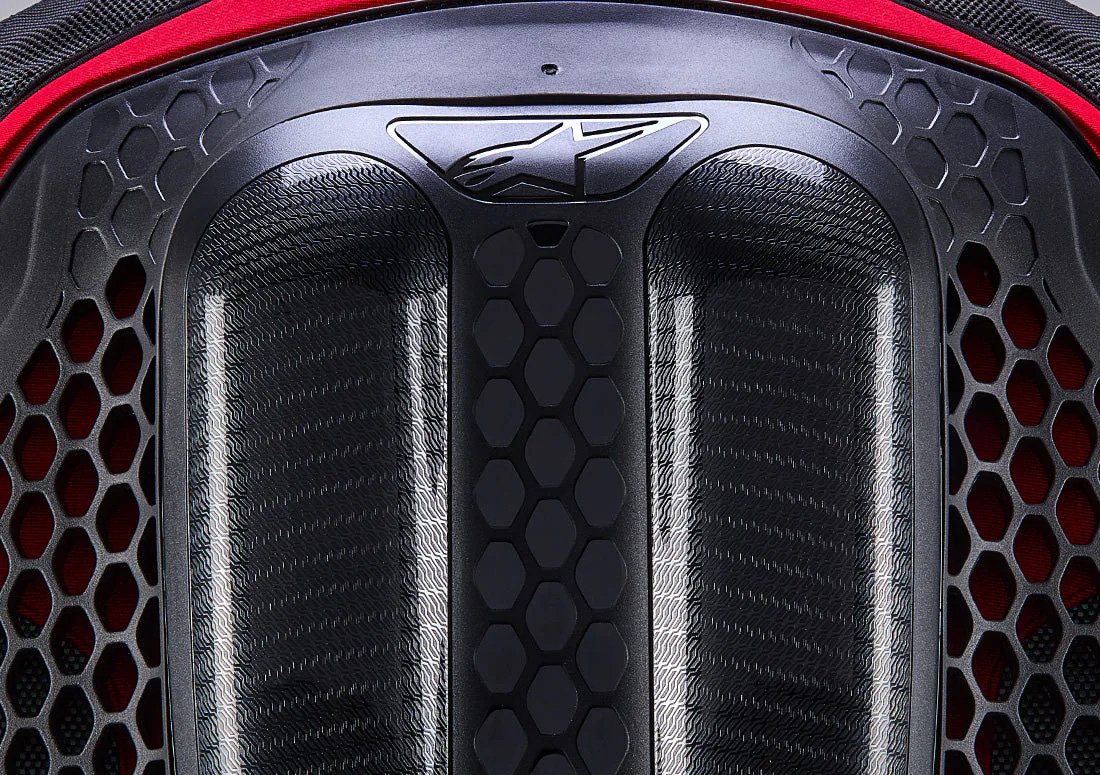The Final Word in Rider Protection?
In the pursuit of speed and freedom, the modern rider exists in a state of calculated risk. While skill and awareness are the primary tools of survival, the immutable laws of physics demand a more definitive safeguard. For decades, passive armor has been the accepted standard, a static shield against a dynamic threat. Alpinestars, however, argues for a paradigm shift with its electronic airbag systems, moving from passive resistance to active, intelligent intervention. The latest evolution of this philosophy is the Tech-Air 7x, a system born from MotoGP but engineered for the multifaceted world of street and track riding. It presents itself not merely as another piece of gear, but as a preemptive strike against catastrophe. This is not just another vest. The Tech-Air 7x is a self-contained ecosystem of sensors and microprocessors designed to answer a single, critical question in milliseconds: is a crash imminent? Its purpose is to deploy a protective shield of compressed argon gas faster than a human can process the event itself. We dissect the engineering, analyze the performance claims, and evaluate the real-world execution to determine if the Tech-Air 7x delivers on its promise of ultimate, algorithm-driven safety.
Deconstructing the Digital Guardian: Technology and Design
At its core, the Tech-Air 7x operates as a vigilant co-pilot. The system’s brain is an active electronic unit housing a sophisticated algorithm refined over millions of kilometers of real-world and professional racing data. This algorithm receives a constant stream of information from a network of twelve integrated sensors: a triaxial gyroscope and a primary triaxial accelerometer located in the back protector, and two additional triaxial accelerometers on the shoulders. This array creates a comprehensive 3D model of the rider’s dynamic state, monitoring for the sudden, violent energy spikes that signify a loss of control. Unlike the crude, tether-based systems of the past, the 7x is entirely autonomous. The key to its intelligence lies in its dual-mode functionality, switchable via the Tech-Air mobile app. “Street Mode” is calibrated for the unpredictable nature of public roads, offering full protection even when stationary—a crucial defense against being rear-ended at an intersection. “Race Mode” is tailored for the closed circuit, optimized for the unique physics of track riding where slides and aggressive body positions are normal, but high-sides are a constant threat. The physical chassis is a testament to function-first design. Constructed from a highly perforated mesh with strategically placed stretch panels, the vest prioritizes airflow and a non-restrictive fit. It is noticeably slimmer than its predecessors, designed to integrate under a race suit or a properly sized jacket without creating excessive bulk. The extended back protector, which houses the central unit, now provides additional coverage for the coccyx. This entire assembly is powered by a lithium-ion battery delivering approximately 20 hours of ride time, rechargeable via a conveniently located USB-C port. The most significant design evolution, however, is the user-serviceable dual-inflator system. The 7x holds two argon gas canisters, providing two separate deployments before the unit requires a full inspection and service—a critical feature for track day enthusiasts and serious riders.


The Moment of Truth: Performance and Protection
The singular purpose of the Tech-Air 7x is to reduce the transfer of kinetic energy to the rider’s body. Upon detecting an imminent crash, the algorithm triggers deployment in as little as 44 milliseconds. The resulting inflation creates a rigid, cushioned barrier across the shoulders, chest, ribs, and the entire back, including the vulnerable tailbone area. Alpinestars claims this reduces impact forces by up to 90% when compared to a standard CE Level 1 passive protector. This is not a simple ballooning effect. The system is engineered to provide the equivalent protection of eighteen passive back protectors combined. The coverage is comprehensive, targeting the areas most susceptible to life-altering injury in a motorcycle accident. While the integrated back protector offers passive CE Level 1 protection at all times, the active deployment elevates this to a level of safety that passive armor alone cannot achieve. The system is fully FIM-homologated, meeting the stringent requirements for top-tier international racing competition. The dual-mode algorithm is the linchpin of its performance. In Race Mode, the system is less sensitive to the non-crash events common on a track. In Street Mode, the wider parameter set allows it to react to a broader range of incidents, including low-speed impacts and the aforementioned stationary collisions. The system’s intelligence is not just in when it deploys, but also in when it doesn’t. This prevents unnecessary activations and preserves the system’s charges for when they are truly needed.
The Human Interface: Real-World Usability
Advanced technology is rendered useless if it is too cumbersome for daily integration. The Tech-Air 7x makes significant strides in this area. Activation is seamless: closing the magnetic front flap turns the system on. It can be worn as a standalone unit under any jacket that provides the necessary 4cm of clearance around the chest for expansion, or it can be integrated into compatible Alpinestars apparel. Ventilation is excellent. The perforated chassis and internal air channels effectively mitigate heat buildup, a common complaint with earlier-generation airbag vests. The weight is noticeable but well-distributed, and once under a jacket, it largely disappears from the rider’s consciousness. The user-serviceable nature is its most significant usability feature. After a deployment, a rider can, where local regulations permit, unscrew the spent argon canister and replace it with a new one. This process is straightforward and means a minor incident at the beginning of a track weekend doesn’t sideline the rider’s most critical piece of safety equipment. The ability to have two full deployments ready to go provides a level of practical confidence that single-deployment systems lack. Battery life is robust, easily lasting through a full day of aggressive riding, and the USB-C charging is a modern convenience. However, the fit, while improved, is still a critical consideration. The “race fit” is snug, and the back protector housing the main unit creates a distinct “hump” that may be obtrusive under tighter-fitting street jackets. Users must ensure their outer garment has sufficient room not just for comfort, but for the airbag to function correctly.
 The Nexus Verdict
The Nexus Verdict
The Alpinestars Tech-Air 7x is a formidable piece of safety engineering. It represents a mature and highly refined implementation of autonomous airbag technology. By moving beyond the binary “on or off” protection of passive armor, it provides a dynamic, intelligent safety net that adapts to its environment. The system’s core strengths are its sophisticated and proven crash-detection algorithm, comprehensive coverage area, and, most critically, its dual-charge, user-serviceable design. This last point transforms it from a single-use emergency device into a resilient and practical piece of core riding equipment. For the dedicated track rider or the safety-conscious street rider, the ability to reset the system after a deployment is a game-changer. The primary considerations are cost and fit. This is a significant investment in personal safety. Furthermore, proper integration with a rider’s existing gear is paramount and may require purchasing a new jacket or suit to ensure correct operation. The Tech-Air 7x is not a replacement for skillful, defensive riding. It is an enhancement—a final, powerful layer of protection when all else has failed. It stands as a benchmark in active safety systems, offering a level of impact mitigation that was, until recently, reserved for the highest echelons of professional racing. For the rider who demands the absolute pinnacle of protection technology, the Tech-Air 7x is the current standard-bearer.

